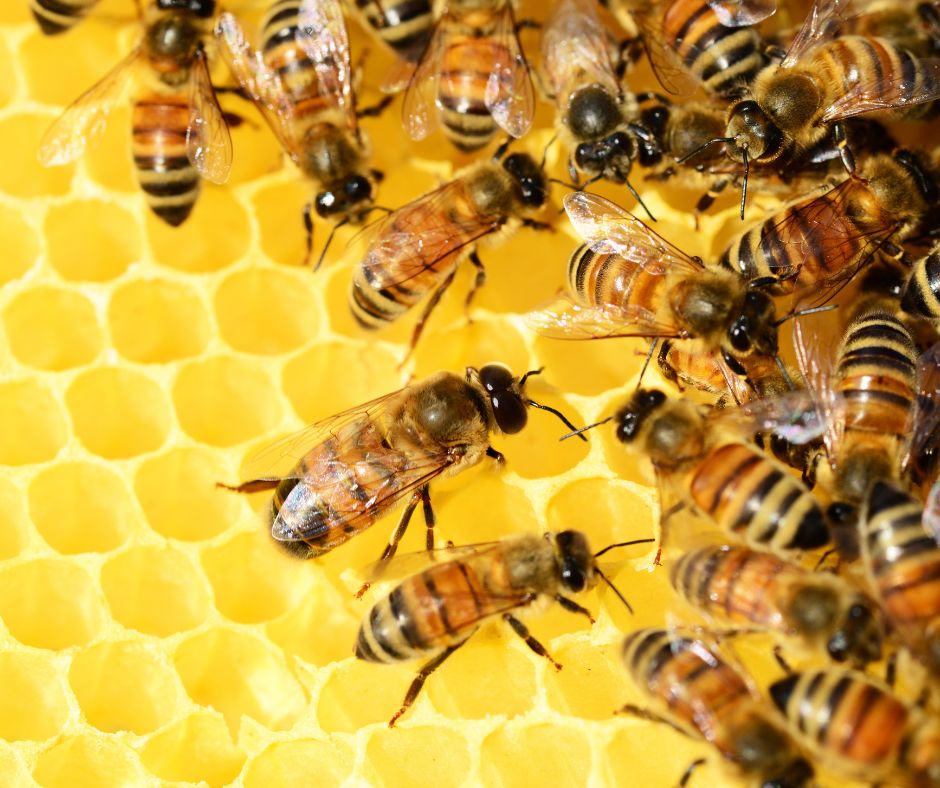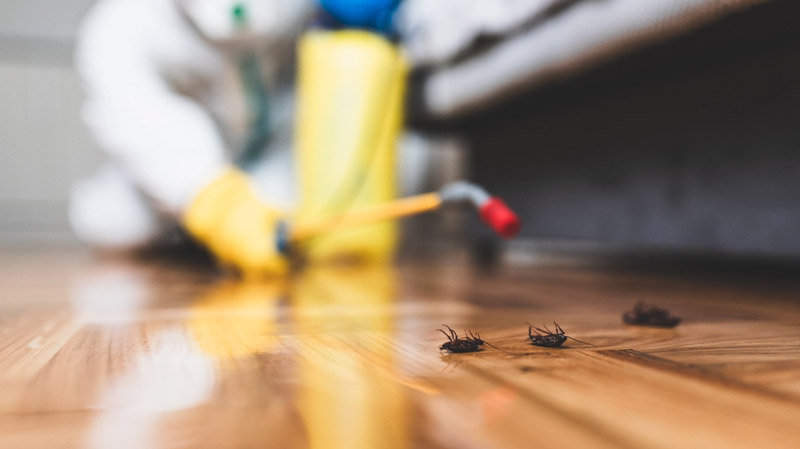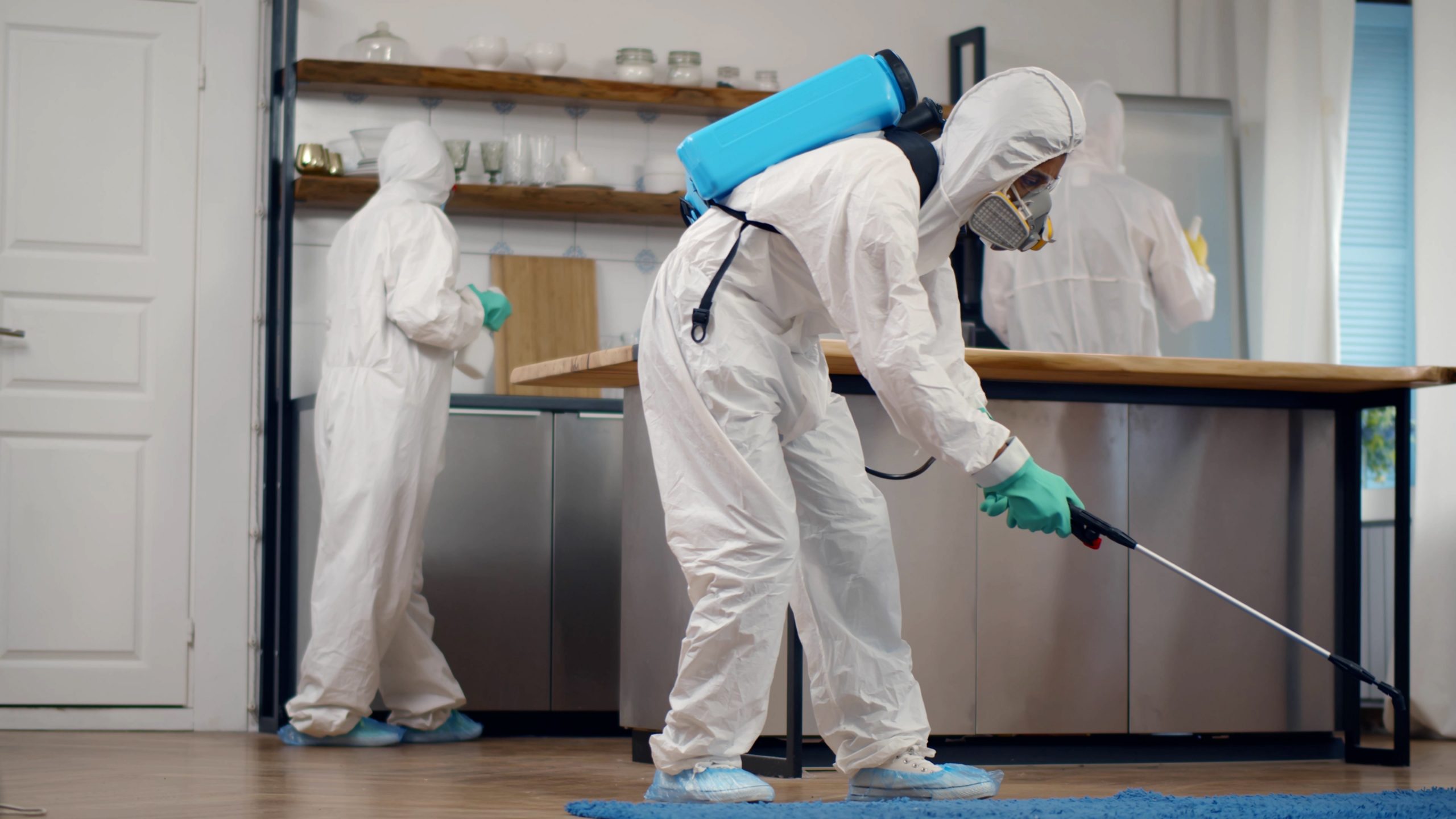Comprehensive Guide to Comprehending Parasite Control Techniques and Their Therapy
Understanding parasite control methods is important for efficient management of unwanted organisms that posture dangers to health and wellness, agriculture, and home. This extensive guide will check out different approaches, consisting of chemical remedies, biological methods, and mechanical strategies, all under the umbrella of Integrated Pest Monitoring (IPM) As we examine these methods, it ends up being significantly clear that the selection of technique can significantly affect both human passions and environmental equilibrium. What factors should be considered when selecting the appropriate parasite control method for a specific scenario? The answer might result in more sustainable methods than one might at first presume.
Review of Insect Control Methods
Bug control approaches encompass a range of methods designed to take care of and get rid of undesirable microorganisms that can damage human wellness, farming, and residential or commercial property. Reliable bug monitoring is important for preserving the stability of environments and making certain the safety and security of food supplies. These approaches can be extensively classified into three primary strategies: social, mechanical, and biological controls.

Cultural control includes modifying farming methods or ecological problems to reduce pest establishment and recreation. Mechanical control depends on physical obstacles or gadgets to prevent bug access or straight eliminate them.
Biological control utilizes all-natural killers, bloodsuckers, or microorganisms to control pest populaces. This method highlights eco-friendly balance and can consist of presenting beneficial insects, such as ladybugs or predatory nematodes, to take care of bug presence.
Integrated insect monitoring (IPM) combines these techniques, making use of an all natural method that highlights prevention, monitoring, and liable management. By using a blend of these techniques, parasite control can be much more lasting and efficient, minimizing dependence on chemical treatments while protecting human health and the atmosphere.

Chemical Parasite Control Solutions
A variety of chemical pest control solutions are offered, giving effective alternatives for taking care of parasite populations when various other approaches might drop brief. These services mainly include pesticides, herbicides, fungicides, and rodenticides, each made to target specific pests while lessening harm to non-target microorganisms.
Insecticides are particularly effective against a series of bugs, consisting of ants, roaches, and termites, and can be identified as contact or systemic representatives. Get in touch with insecticides kill insects on contact, while systemic pesticides are absorbed by plants, making them hazardous to pests that prey on them. Herbicides are made use of to control unwanted vegetation, whereas fungicides are important for handling fungal illness that can harm plants and ornamental plants.
Rodenticides, designed for rodent control, are offered in various solutions, consisting of lures and tracking powders. It is important to follow label directions thoroughly to guarantee safety and efficacy. Furthermore, integrated parasite administration (IPM) principles ought to be employed, incorporating chemical remedies with cultural, mechanical, and biological methods for sustainable parasite control. This all natural method not just improves pest administration performance yet additionally reduces prospective ecological influences connected with chemical usage.
Organic Insect Control Strategies
Biological insect control techniques supply an eco pleasant choice to chemical approaches by using natural killers, bloodsuckers, or pathogens to handle parasite populations. This technique leverages the ecological partnerships in between organisms, promoting a well balanced environment while decreasing chemical residue in the environment.
One of the most usual biological control approaches includes the introduction of natural opponents. Ladybugs are employed to manage aphid populations, while parasitical wasps can target caterpillars and various other parasites. These all-natural killers effectively lower pest numbers without harming valuable pests.
Additionally, microbial representatives such as germs, fungis, and viruses are used to infect and kill certain pests. Bacillus thuringiensis (Bt), a normally taking place bacterium, is widely used to regulate caterpillars and various other larvae, showcasing great site the performance of microbial parasite control.

Physical and Mechanical Approaches
Regularly used in integrated parasite monitoring methods, physical and mechanical approaches function as efficient tools for regulating bug populaces without using chemicals. These techniques count on physical obstacles, catches, and various other mechanical gadgets to stop or eliminate parasites, making them environmentally pleasant choices.
Physical techniques consist of the use of obstacles such as insect netting, displays, or row covers that physically obstruct parasites from accessing plants. This is particularly useful in agricultural setups where plant security is necessary. Furthermore, habitat adjustment, such as removing particles and standing water, can reduce insect reproducing sites, therefore lessening infestations.
Mechanical methods encompass catches, which can be made to catch specific bugs. Sticky traps and pheromone catches are usual examples that tempt and maintain bugs, facilitating monitoring and control. Vacuuming is one more mechanical method, reliable for eliminating bugs from indoor environments, particularly in situations of invasions.
Preventative Pest Administration Methods
Effective preventative parasite management approaches are essential for keeping healthy environments and reducing pest-related concerns before they occur (Pest Control in Port Charlotte, FL). These techniques concentrate on aggressive steps that lower the likelihood of pest infestations by resolving the origin triggers

One more important approach includes correct landscaping practices (Pest Control in Port Charlotte, FL). Keeping plants cut and far from structures can lower harborage areas for bugs. Implementing incorporated bug administration (IPM) techniques that include keeping track of insect populaces and employing biological controls can promote a balanced environment that naturally subdues pest numbers.
Education and learning and training for personnel and residents on identifying very early indicators of insect activity are also crucial elements of an efficient preventative program. By cultivating a setting of recognition and alertness, companies and home owners can substantially boost their insect monitoring initiatives and safeguard their spaces versus future invasions.
Conclusion
Finally, reliable pest control needs a diverse method that incorporates chemical, organic, and mechanical techniques. Utilizing an Integrated Pest Monitoring (IPM) structure permits the sustainable administration of bugs while lessening environmental influence. Preventative strategies even more improve the efficiency of these approaches, making sure long-term defense of wellness, farming, and property. Inevitably, a complete understanding of these diverse bug control methods is vital for achieving effective outcomes in parasite administration initiatives.